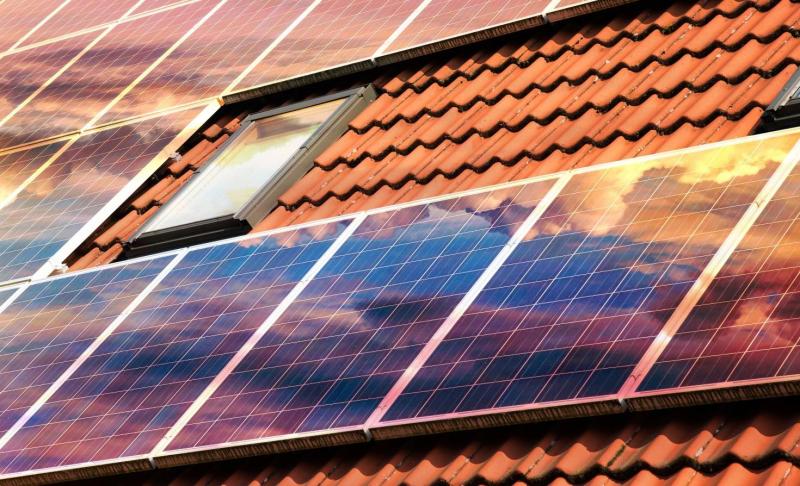There’s Cash in Them Old Solar Panels

The first solar panels may have rolled out of Bell Labs in the 1950s, with major press around their inconsistent and patchy adoption in the decades that followed, but despite the fanfare they were not been able to compete on a price per kilowatt compared to other methods of power generation until much more recently. Since then the amount of solar farms has increased exponentially, and while generating energy from the sun is much cleaner than most other methods of energy production and contributes no greenhouse gasses in the process there are some concerns with disposal of solar panels as they reach the end of their 30-year lifespan. Some companies are planning on making money on recycling these old modules rather than letting them be landfilled.
Typical solar panels are encased in glass and waterproofed, which makes recycling them somewhat of a challenge, but there are a lot of valuable materials in them that are worth recovering, including silver and copper. Even silicon and aluminum are profitable to recover, and these companies have developed specialized (but secret and proprietary) processes to recover them as efficiently as possible. As [Jon Hurdle] notes in the linked article, another major concern with aging panels that recycling solves is that they are often otherwise required to be landfilled as hazardous waste which can be extremely expensive. Recycling can alleviate this cost dramatically.
While there is a certain amount of pearl-clutching going on around solar panels, usually as thinly veiled political opposition from those invested in fossil fuels, we shouldn’t be surprised that plenty of people are springing up to recover the valuable materials that can be harvested from old panels. Solar panels aren’t going away anytime soon, and while the article notes there are only five companies currently certified to recycle solar panels, expect plenty more to spring up in time. In the meantime, make sure you are harvesting the maximum amount of energy from your solar panels while they are still working by using a maximum power point tracker.
Post a Comment